Mechanics, when grabbing a tool for maintenance, make sure to use the right tool to perform the task the right way. Using the wrong tool wastes time, reduces efficiency and puts you and your team at risk of injury.
Take, for example, hammers and mallets. They’re used a lot, but they aren’t one-size-fits-all. They’re made for different types of maintenance tasks.
Hammers
Soft-Faced Hammer
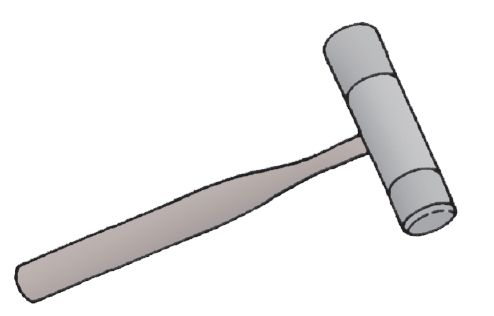
This hammer can be used for power hits and blows to machined, highly polished or soft surfaces without causing damage. On certain models, the hammer faces can be replaced if damaged or if you need a different hardness. They are color-coded for toughness or hardness.
Ball Peen Hammer
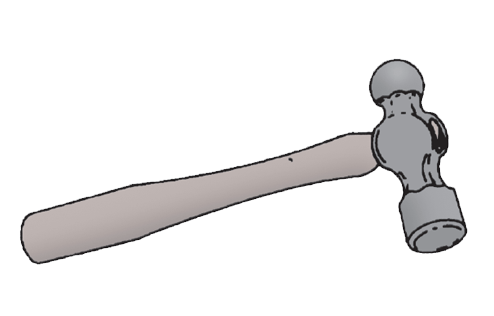
This hammer is more commonly used by mechanics. The head is steel and comes in various weights ranging from 4 ounces to 2 pounds.
Body Hammer
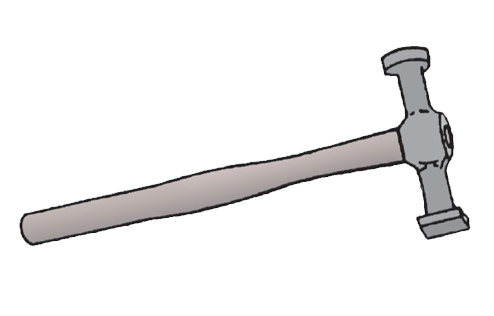
Always use a body hammer to straighten and form metal.
Setting Hammer

This hammer allows you to level sheet metal, bend edges and set double seams. Notice that it has a square, flat face on one end of the head and a sloping, beveled edge on the other end.
Riveting Hammer

This hammer isn’t hard to figure out. Its name identifies its purpose. When driving rivets and doing some light chiseling, this is the best hammer. It has a head that is cross peened on one end with either a square or cambered face on the other.
Lead or Copper Hammer

If you want to align steel surfaces, this is the hammer to use. Remember that you can file the hammer’s working surface to restore even faces.
Mallets
When a metal hammer is too much for a job, your maintenance task may require a mallet because the surface of the equipment may need a softer touch. Here are the types of mallets available.
Rubber Mallet
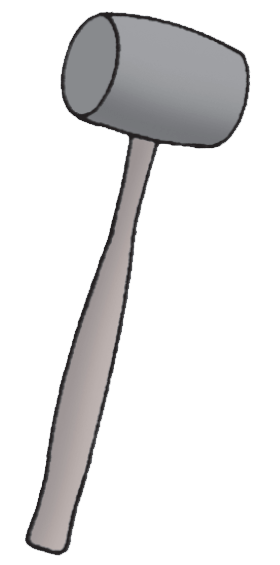
Rubber mallets have a cylindrical head. Use this tool only when you are forming sheet metal or driving dowels and small stakes.
Rawhide Mallet
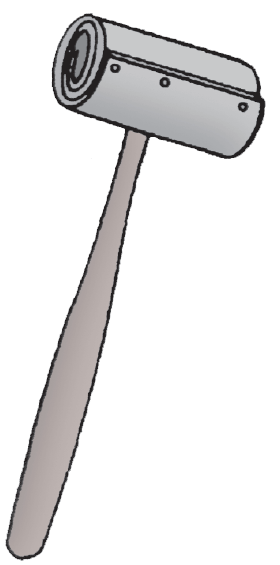
This mallet forms and shapes metal. You’ll notice that it has a cylindrical head. It is made of tightly wrapped and staked sheets of leather.
Tinner’s Mallet

The tinner’s mallet can be used only to form and shape sheet metal. It has a cylindrical wooden head that’s 1 ¼ to 3 ¼ inches in diameter. It’s about 3 to 6 inches long.
Here’s all the information above in a single infographic:
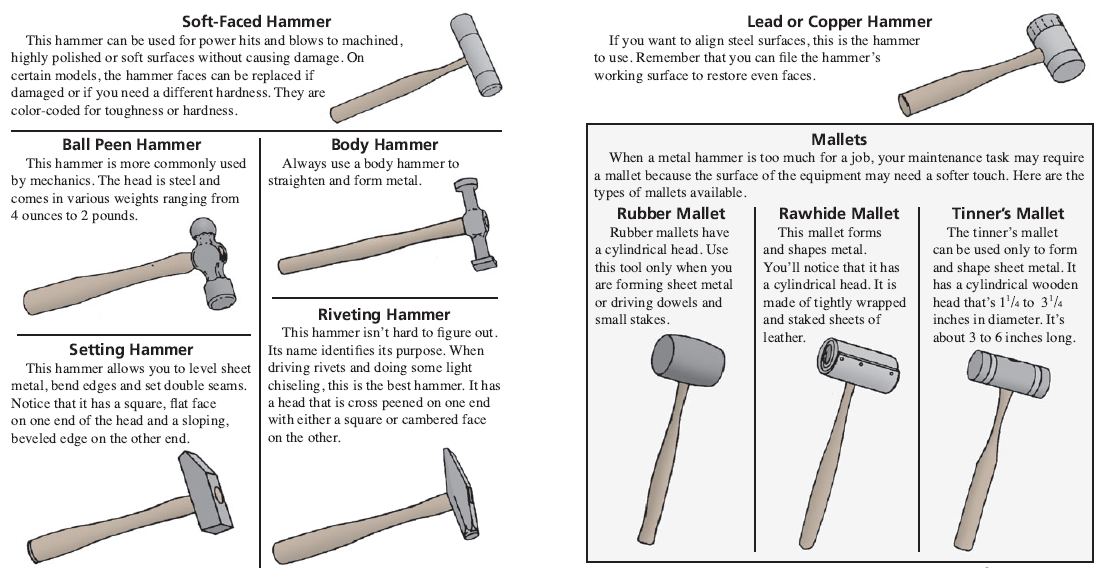 Click on image above to open full-size PDF
Click on image above to open full-size PDF
When using hammers and mallets, apply these tips:
- Never use a hammer for bumping parts.
- Never use a hammer as a pry bar because the handle can split and injure your hand.
- Never repair a damaged handle. Always replace it instead.
- Always wear eye protection when hammering. That keeps metal splinters from getting into your eyes.
- Make sure the hammer head is secure and tight, so it won’t fly off and injure you or another person.
- Always grip the hammer near the end of the handle and strike surfaces evenly.
Hammer care and maintenance are important, so follow the guidance in Chapter 4 of TM 1-1500-204-23-9, General Aircraft Maintenance (Tools and Ground Support Equipment), (Jul 92).